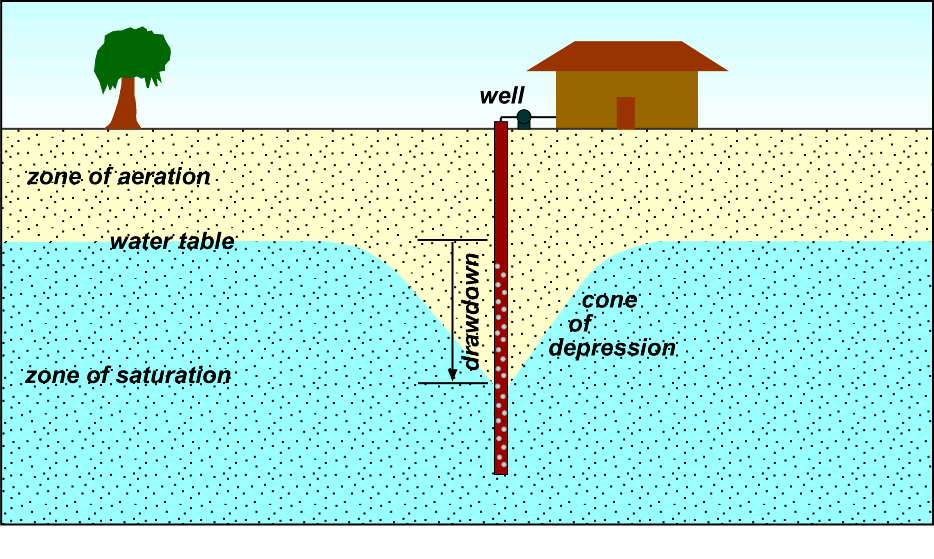
The spatiotemporal variability of hyporheic exchange processes is key toĬharacterizing the nutrient cycling and river ecosystem functioning Has disproportionately significant effects on nutrient cycling and river Although the hyporheic zone is a small veneer, it Microorganisms between surface and subsurface regions Gradients that drive the exchanges of water flow, energy, solute and Hyporheic zones are transitional areas between surface water and groundwaterĮnvironments, which often exhibit marked physical, chemical, and biological Significant impacts on the dispersal of pollutants in the aquifer and thermal Consequently, the selection of aquifer pumping regimes has Timing of groundwater table drawdown has a direct influence on hyporheicĮxchange rates and hyporheic buffering capacity on thermalĭisturbances. Groundwater table dynamics present substantiallyĭistinct impacts on hyporheic exchange under gaining or losing conditions. Spatiotemporal variability of hyporheic exchange rates, temperature ofĮxfiltrating hyporheic fluxes, mean residence times, and hyporheicĭenitrification potentials. Groundwater table drawdowns play important roles in determining the We find that both diel river temperature fluctuations and daily Zones influenced by natural flood events and diel river temperatureįluctuations. The effects of different timing and amplitude of groundwater tableĭaily drawdowns under gaining and losing conditions are explored in hyporheic Hyporheic responses to varying groundwater table fluctuation With this aim in mind, a physically based model is used to explore Transport within hyporheic zones is crucial for water resources Understanding the effects ofĭaily groundwater table fluctuations on the tightly coupled flow and heat

Groundwater table dynamics extensively modify the volume of the hyporheic zoneĪnd the rate of hyporheic exchange processes. 8 Now at Department of Numerical Mathematics, Technical University of Munich, Garching, GermanyĬorrespondence: Liwen Wu Hide author detailsĬorrespondence: Liwen Wu Received: – Discussion started: – Revised: – Accepted: – Published:.7 Division of River Engineering, KTH-Royal Institute of Technology, Stockholm, Sweden.6 LEHNA-Laboratory of Ecology of Natural and Man-Impacted Hydrosystems, University Claude Bernard Lyon 1, Lyon, France.5 School of Geography, Earth and Environmental Sciences, University of Birmingham, Birmingham, UK.4 Department of Earth and Environmental Sciences, Vanderbilt University, Nashville, TN, USA.3 Department of Civil and Environmental Engineering, Vanderbilt University, Nashville, TN, USA.2 Geography Department, Humboldt-University, Berlin, Germany.1 Department of Ecohydrology, Leibniz-Institute of Freshwater Ecology and Inland Fisheries (IGB), Berlin, Germany.


 0 kommentar(er)
0 kommentar(er)
